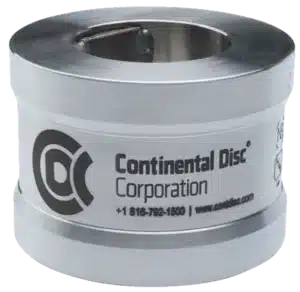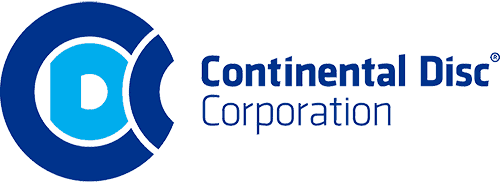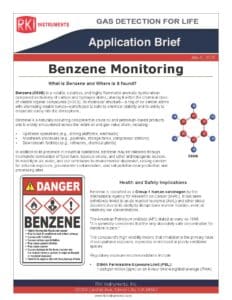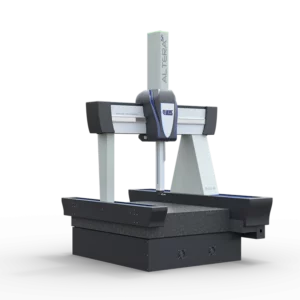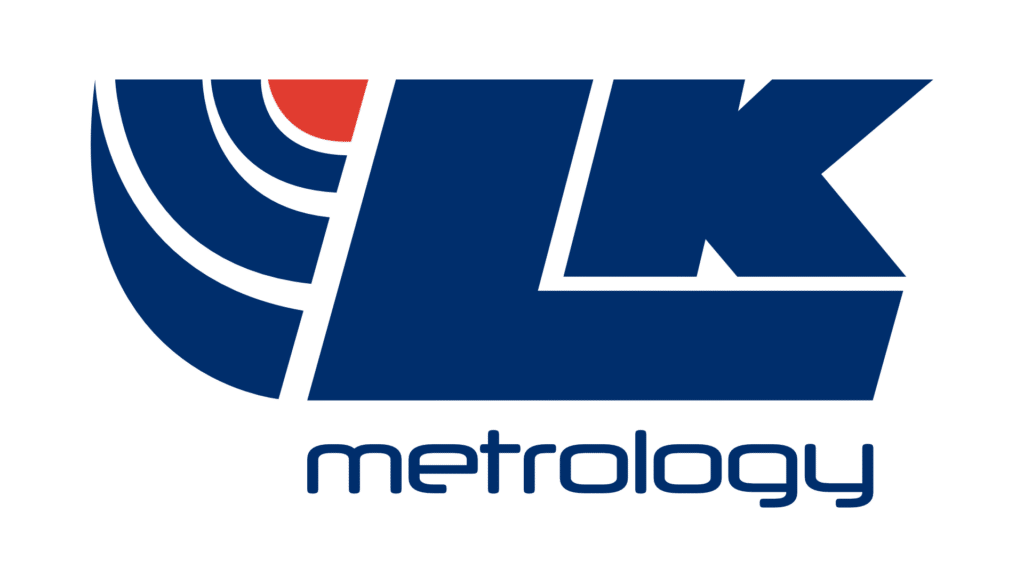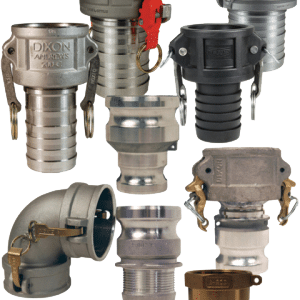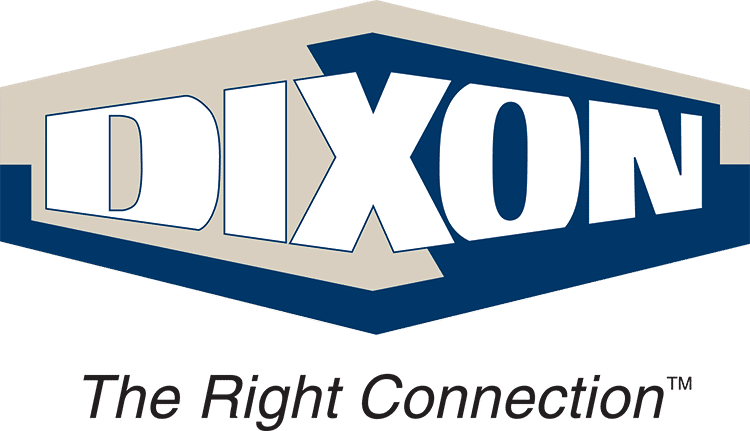Jeff Morton | September 19th, 2014
“We need to upgrade!”
Terrific – you’ve needed a new phone…oh…Nope, that was your boss telling you that you needed to upgrade an obsolete legacy control system. Dang, that’s much less fun.
Now what do you do? There is no “one size fit all” formula for legacy migration of control systems. The upgrade options are as abundant as the unmarked wires in the panel – and solutions can be a bigger mystery than the origin of these wires!
While there is no magic formula, sound engineering principles, plus some basic common sense, can go a long way to set you up for the next big promotion instead of a LinkedIn job search.
Here are a few steps to consider…
Face Reality
Make an objective review of the situation and decide on your target schedule. Hopefully, you haven’t waited until the last minute and you have at least a 6 to 9 month window for an average size system conversion. The larger the system, the more time you will need to plan, prepare, develop, program, integrate, install, and test the replacement system.
You then need to assess your current information:
- Do you have the PLC program or is it an OEM system that is proprietary with no back-up copy?
- Do you have Autocad drawings, up to date wiring diagrams, operator manuals, training manuals, or any document that identifies the system architecture?
- In what condition are the computers and panels? Are the wire labels well marked and legible? What is the operating system?
- Is there a demarcation point, such as a separate termination block, where the field wiring is landed?
- What is the business case for the upgrade? Is there cost justification?
The more information and documentation you have will directly reduce the time “recreating” the system program and application.
The PATH Most Traveled
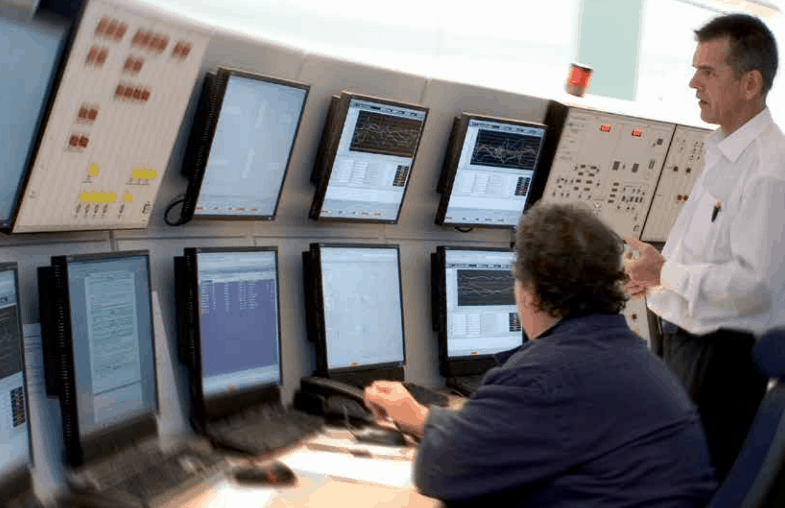
Investigate your legacy migration plan options from your existing vendor. For instance, Siemens will more likely be able to convert an old Siemens program without reconfiguring the entire application. The same will be true for Rockwell, Honeywell etc…although there are no guarantees. Often, competing vendors will develop hardware migrations for competitors’ legacy systems.
If you’re unsure, your plant or corporate standards will often dictate which vendor to start with. Investigate several options to help guide your decision and integrate the option in your plan.
Call a Friend
If you are not going to be able to do the work in-house, then you should try to find a partner to help. Consider an integrator that has experience and is certified on the DCS, PLC, or SCADA platform you plan to use. An integrator with experience on the system you are migrating “to” is often a better choice than one with experience on your legacy platform, if you have to choose. Often, the system platform vendor can help or recommend some local certified integrators to provide assistance. In some cases, the vendor can do the work as well (assuming you are ok with their preconceived bias towards their own platform).
Plan the work
Develop a system migration plan. This can be from a simple narrative all the way to an entire functional design specification. If you have the program, Process and Instrumentation Diagrams (P & ID’s), and are just migrating the application to a newer platform then a full functional narrative may not be necessary. If there are changes to the process, or you have limited documentation or lack of a program, then consider developing a functional narrative. This process allows for detailed discussion and mutual agreement and acceptance of what is to be implemented. It can also acts as a test document for the acceptance testing.
A good migration plan should include the following:
- Review of Information Obtained.
- Business Case for Migration.
- Program Conversion Strategy.
- Detailed Hardware Conversion Strategy.
- Acceptance Test Plan Document.
- Site Installation.
- Project Schedule.
- Downtime Requirements.
The largest time consumer is the system and wiring demo and installation. A normal human, no matter how talented, has a limit on how fast they can disconnect and re-wire a terminal. Sometimes there are techniques to speed things up, but normally this is a big time consumer. The more wires, the more downtime required.
If you cannot shut your process down, then more preliminary work will have to be done prior to putting boots on the ground.
Work the Plan
Set your goals, review your migration plan, get your POs, and get to work. A good acceptance test is critical and will save time on-site. Often, the program can be tested off-site through simulation to help find issues prior to final checkout.
These are some general guidelines to consider when planning for legacy system migration, and as stated, there are many ways to accomplish the tasks but typically only a few options to do it well.
Just think through the steps, be detailed and methodical, and get help when needed. Experience pays when it comes to migrating legacy and obsolete control systems! Best of Luck!
Contact the Author
If you have any comments or questions about the material, please do not hesitate to contact me through the comment section. I would love to hear your answers to the questions as well.



